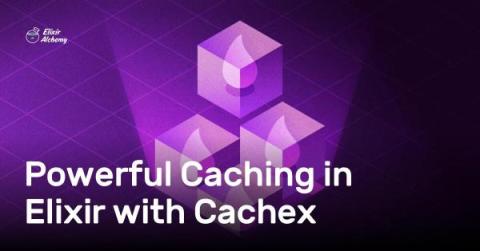Handling Exceptions in Grape for Ruby
Grape is a popular Ruby framework for building RESTful APIs. Exception handling plays a crucial role in ensuring the stability and reliability of any application, including those made with Grape. This article will explore the basics of Grape exception handling, including customizing exceptions. We'll also touch on some best practices, and how to integrate your app with AppSignal for enhanced error monitoring and management. Let's get started!











